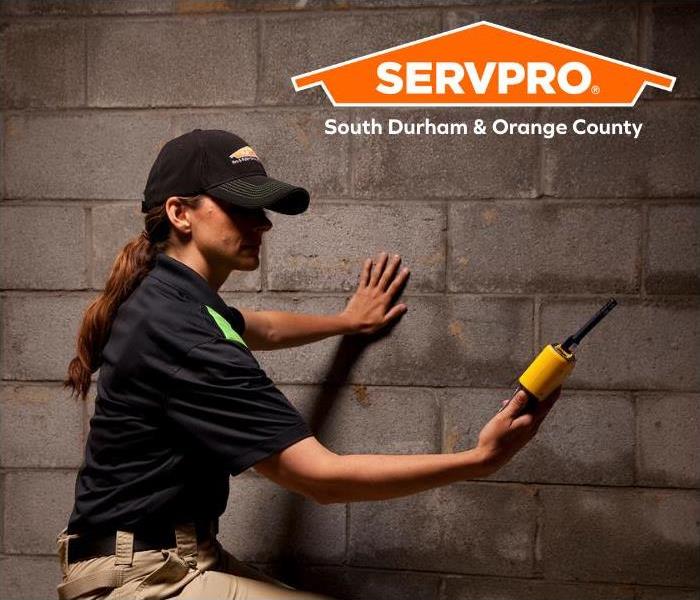Dry to the Touch is the Wrong Standard of Structural Drying
4/8/2022 (Permalink)
It’s 4:30pm on a Friday evening at a local apartment complex, when the maintenance department receives a call of a burst pipe to a dishwashing machine in a tenant occupied unit. The maintenance guy jumps on his golf cart with a shop vacuum, a mop and single air mover. Upon entry he cuts the water off to the dishwasher, extracts the visible standing water, sets up the air mover and runs back to the shop and grabs a dehumidifier. He returns and sets up the dehumidifier and tells the tenant he will return on Monday to get the equipment. What’s wrong with this picture? Didn’t the maintenance guy do this job and properly mitigate this water damage?
Sadly, he did not do the job according to the standards of professional drying as established by the IICRC S 500. The IICRC S500 describes the procedures and precautions to be taken when performing water damage restoration in commercial and residential buildings. This is the standard used by water damage restoration professionals to best certify that building materials are properly remediated and dried to prevent health hazards and prevent secondary damage.
What did the maintenance guy do wrong?
- He did not use a moisture meter to see how far the water progressed. This would enable him to correctly identify all areas that were wet so they could be dried properly.
- He was not able to identify if water was bound underneath flooring that could not be dried.
- He was not able to identify water that may have seeped underneath the cabinets or address the wet cabinets.
- There is no assurance of a balanced drying system.
Any areas where bound water remained trapped creates the opportunity for secondary damage such as microbial growth to occur. To properly address these issues, knowing what is wet is critical and that can not be done by visual assessment or by the touch. This can only be done with a moisture meter and know how to read it and understand what a correct drying goal is for the building materials being dried. Additionally, if water had progressed underneath vinyl or laminate flooring, the only proper way to dry it is to remove it. If water was trapped underneath the cabinets, the toe kick must be removed to get air into the cavity so that drying can occur. Also having a balanced drying system is critical. The moisture that is changed from liquid to gas using airflow created by the air movers must be captured by the dehumidifier. If there is more evaporation than dehumidification the excess moisture will seep into other moisture accepting materials potentially causing them to be damaged.
Also, not properly identifying the category of water damage creates the potential for health hazards.
There are standards for clean water, grey water and black water and knowing how to identify them and the procedure for proper remediation is essential for proper drying and safety. The maintenance guy treated the grey water from dishwasher the same way as clean water. There was no antimicrobial or disinfectant used to sanitize the affected material. This along with the other things that failed to address the standard for proper drying could have serious consequences.
If you are a property management company that understands the benefits of proper restorative drying and can appreciate the value of paying more to do the job right and alleviate the risks associated with doing it wrong, call SERVPRO of Orange County for all your future loses, at (919)245-0788.






 24/7 Emergency Service
24/7 Emergency Service
